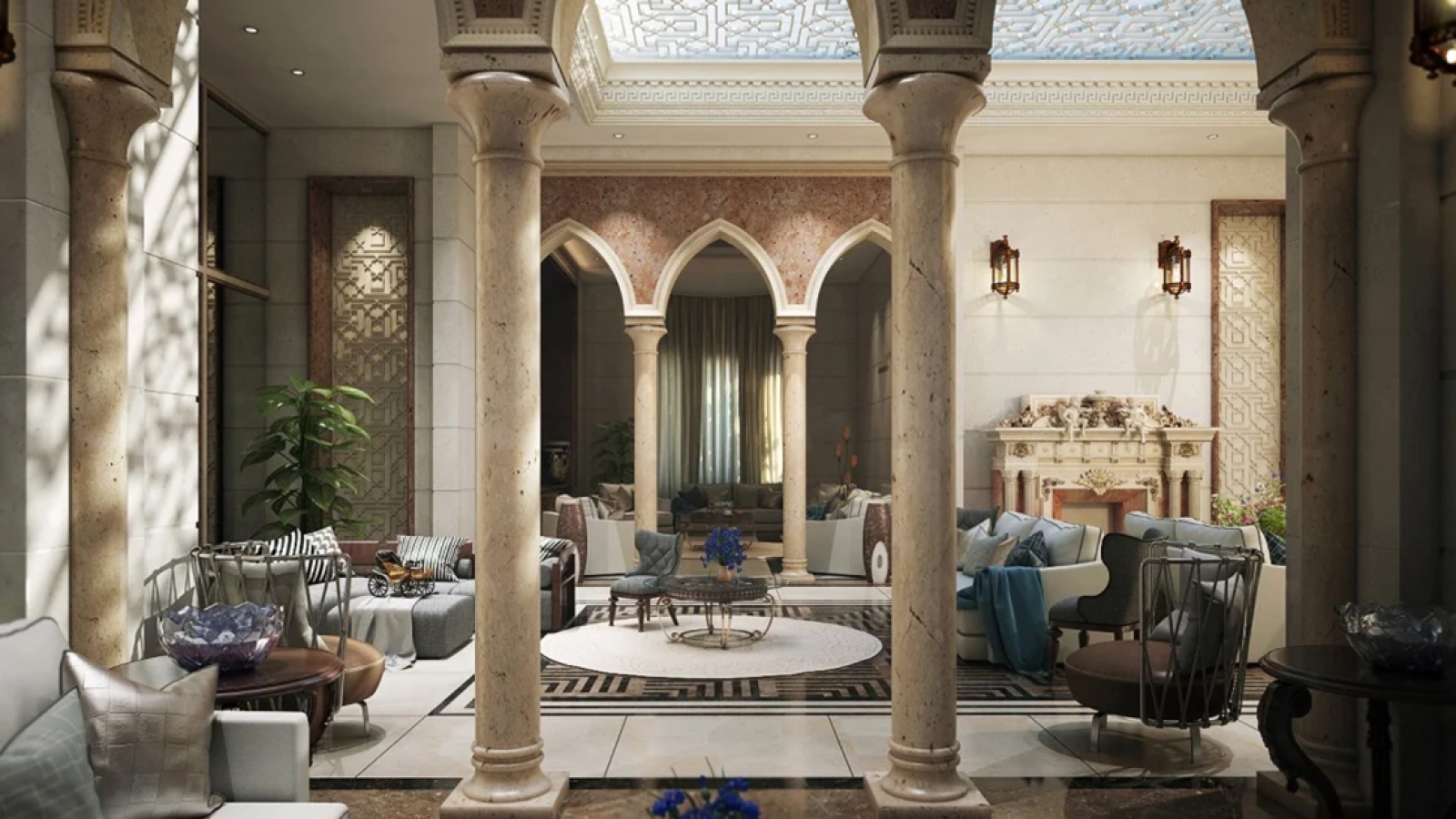Persian and Middle Eastern architectural styles are celebrated for their beauty, complexity, and historical significance. These rich traditions offer a wealth of design inspiration that can be adapted to contemporary construction. By exploring the key characteristics of these styles, understanding their influences, and seeing real-world examples, you can appreciate their timeless appeal and discover how to integrate these elements into modern buildings.
Key Characteristics of Traditional Persian Architecture
Persian architecture is renowned for its elegance and intricate design elements. Key features include the use of large, open courtyards surrounded by high, ornate walls and lush gardens. Traditional Persian structures often feature intricate tile work with geometric and floral patterns, creating a visually stunning and vibrant facade. Domes and vaulted ceilings are common, providing a sense of grandeur and spaciousness. Additionally, Persian architecture emphasizes symmetry and harmony, blending architectural elements with the natural landscape. These traditional design principles not only reflect the cultural heritage of Persia but also offer inspiration for creating harmonious and visually striking modern spaces.
Influences of Islamic Architecture on Middle Eastern Design
Islamic architecture has profoundly influenced Middle Eastern design, shaping its distinctive aesthetic and functional aspects. Characteristic elements include the use of intricate arabesque patterns, large domes, and minarets. Islamic architecture emphasizes geometric precision and the use of decorative motifs that avoid figural representation. The integration of courtyards, water features, and shaded arcades reflects a deep understanding of climate and social needs. This architectural style has influenced the design of mosques, palaces, and public buildings throughout the Middle East. By incorporating these elements, modern architects can create spaces that honor the rich tradition of Islamic design while addressing contemporary needs and aesthetics.
How to Incorporate Persian and Middle Eastern Elements in Modern Construction
Incorporating Persian and Middle Eastern design elements into modern construction can result in striking and culturally rich architecture. Start by integrating traditional features such as intricate tile patterns, decorative stucco, and arched doorways into contemporary buildings. Use modern materials and construction techniques to reinterpret classic elements, blending them seamlessly with today’s design trends. For example, large, open courtyards can be adapted for urban environments, providing both aesthetic appeal and functional outdoor space. Incorporating water features, such as fountains and reflective pools, can evoke the serene qualities of traditional Persian gardens. By thoughtfully merging these historical elements with modern functionality, you can create unique and timeless architectural designs.
Notable Examples of Persian and Middle Eastern Architecture Around the World
Persian and Middle Eastern architectural styles have left a lasting legacy worldwide, with numerous landmarks showcasing their grandeur and beauty. Notable examples include the iconic Sheikh Zayed Grand Mosque in Abu Dhabi, known for its stunning domes and intricate tile work, and the Taj Mahal in India, which reflects the elegance of Persian design with its majestic white marble and lush gardens. The Alhambra in Spain demonstrates the intricate beauty of Moorish architecture, with its elaborate stucco work and serene courtyards. These global landmarks not only highlight the rich heritage of Persian and Middle Eastern architecture but also serve as sources of inspiration for contemporary architectural projects.
In conclusion, Persian and Middle Eastern architectural styles offer a treasure trove of design inspiration, characterized by their intricate patterns, majestic structures, and cultural significance. By understanding their key characteristics, influences, and real-world examples, you can appreciate their timeless beauty and explore how to incorporate these elements into modern construction. Embracing these rich traditions allows you to create spaces that honor historical aesthetics while meeting contemporary needs.


Add a Comment